Hey there, beauty enthusiasts! Are you tired of spending hours cleaning your makeup brushes by hand, only to find that they're still not quite as pristine as you'd like? Or maybe you're just fed up with the endless cycle of buying new brushes because your old ones get caked in makeup and bacteria. Well, we've got some great news for you: it's time to say goodbye to those problems and hello to the best makeup brush cleaner in town!
In this ultimate buyer's guide, we'll introduce you to the most fabulous, game-changing makeup brush cleaners on the market. We've done our homework, tested the products, and gathered all the juicy details just for you. So, buckle up, grab a snack, and get ready to dive into the world of makeup brush cleaners that will revolutionize your beauty routine!
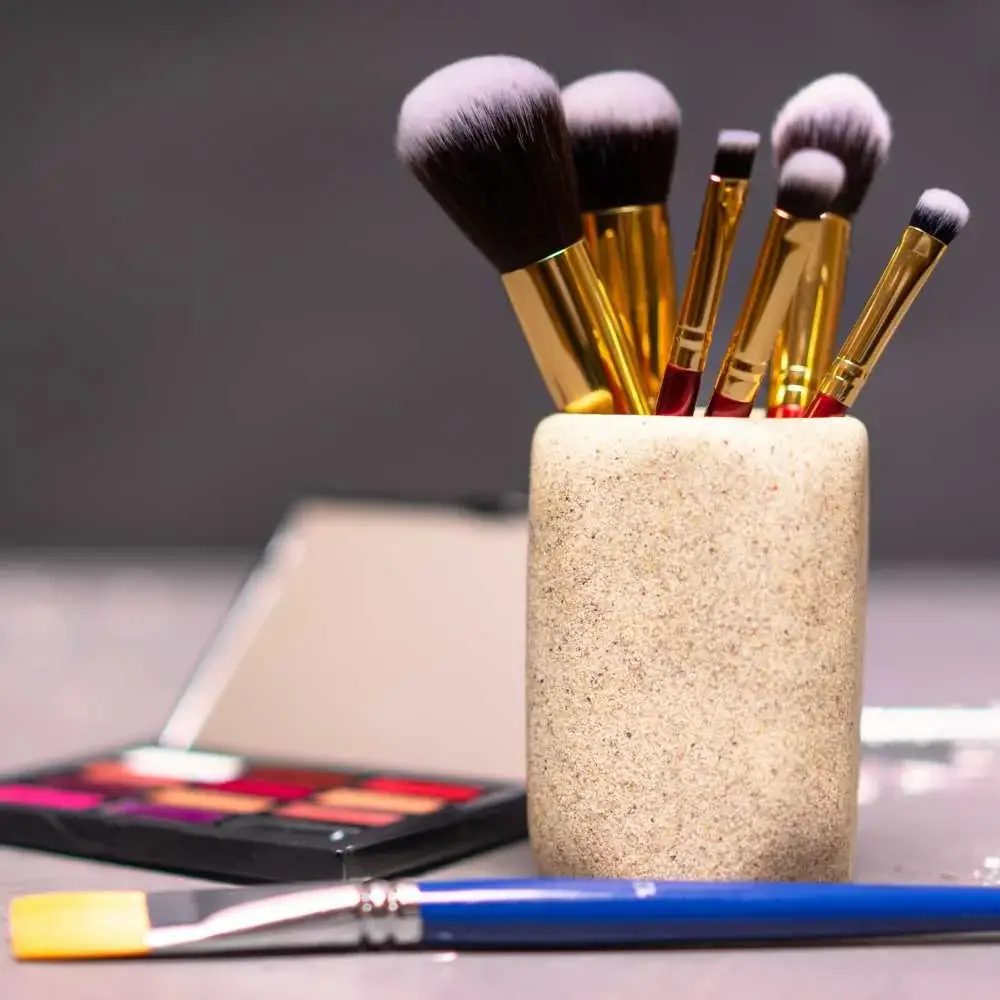
Why You Need a Makeup Brush Cleaner
The Importance of Cleaning Your Makeup Brushes
We all know that makeup brushes are an essential part of any beauty routine, but did you know that keeping them clean is just as important? A dirty brush can cause a myriad of problems, from uneven makeup application to skin irritation and breakouts. So, let's dive into the reasons why you need a makeup brush cleaner in your life.
Bacteria and Build-Up: The Hidden Dangers
You might not see it, but your makeup brushes are a breeding ground for bacteria, dirt, and oil. Each time you use a brush, it picks up not only makeup but also dead skin cells, sweat, and other impurities from your skin. Over time, these nasties accumulate, turning your beloved brushes into a petri dish of potential skin problems.
Using dirty brushes can lead to clogged pores, acne, rashes, and even infections. Plus, the build-up of product on your brushes can affect their performance, making it harder to achieve that flawless makeup look you're aiming for.
The Benefits of Regular Brush Cleaning
To keep your brushes (and your skin) in tip-top shape, it's crucial to clean them regularly. Here are some fabulous benefits of using a makeup brush cleaner:
- Enhanced Makeup Application: Clean brushes make for smoother, more even makeup applications, ensuring that you always look your best.
- Longer-lasting Brushes: Regular cleaning extends the life of your brushes, saving you money in the long run. Who doesn't love that? 💸
- Better Hygiene: By removing bacteria, dirt, and oils, you'll reduce the risk of skin issues and maintain a healthier complexion.
- Improved Brush Performance: Clean bristles maintain their shape and softness, allowing you to achieve desired makeup effects with ease.
- Faster Cleaning Process: A dedicated makeup brush cleaner makes the cleaning process quicker and more efficient than manual methods.
Now that you know why a makeup brush cleaner is a must-have, let's explore some of the best options available to make your beauty routine a breeze!
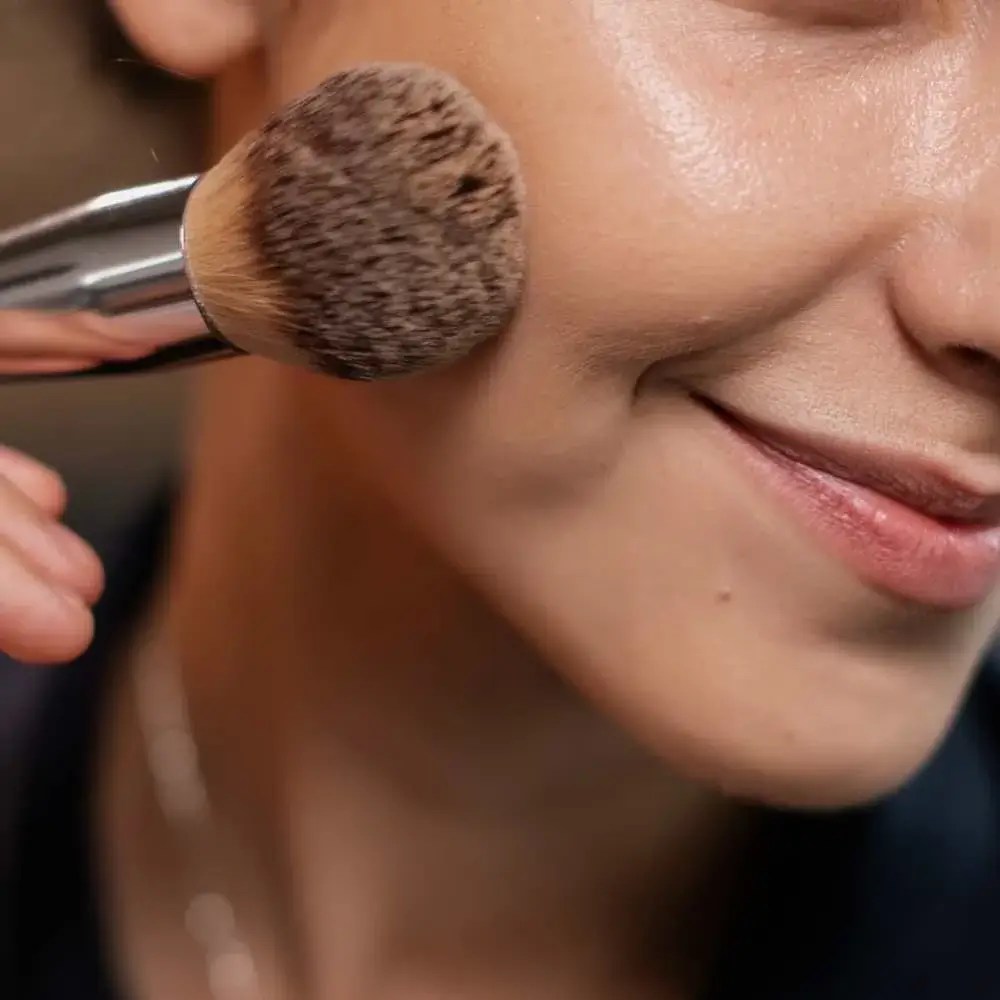
Key Factors to Consider
Choosing the Right Makeup Brush Cleaner
Before you jump into the world of makeup brush cleaners, it's essential to know what factors to consider when choosing the perfect one for you. In this section, we'll discuss the various types of cleaners available, brush compatibility, cleaning effectiveness, and safety considerations.
Types of Makeup Brush Cleaners
There are several types of makeup brush cleaners on the market, each with its own unique features and benefits:
- Liquid Cleansers: These are traditional cleaning solutions that require manual scrubbing of brushes. They can be effective but might take more time and effort compared to other methods.
- Cleansing Balms: Solid balm-like formulas that break down makeup and grime when massaged into wet bristles. They're easy to use and often contain nourishing ingredients for your brushes.
- Cleaning Sprays: Quick-drying formulas that help remove surface makeup and dirt. While convenient, they may not provide as deep a clean as other methods.
- Electronic Cleaners: Devices that use spinning or vibrating motions to clean and dry brushes in a matter of seconds. These are efficient and thorough but can be more expensive than manual options.
Brush Compatibility and Versatility
Not all makeup brush cleaners are created equal. Some are designed specifically for certain types of brushes (e.g., synthetic vs. natural hair) or makeup products (e.g., creams, powders). When selecting a cleaner, look for one that is compatible with your brush collection and can effectively remove different types of makeup residue.
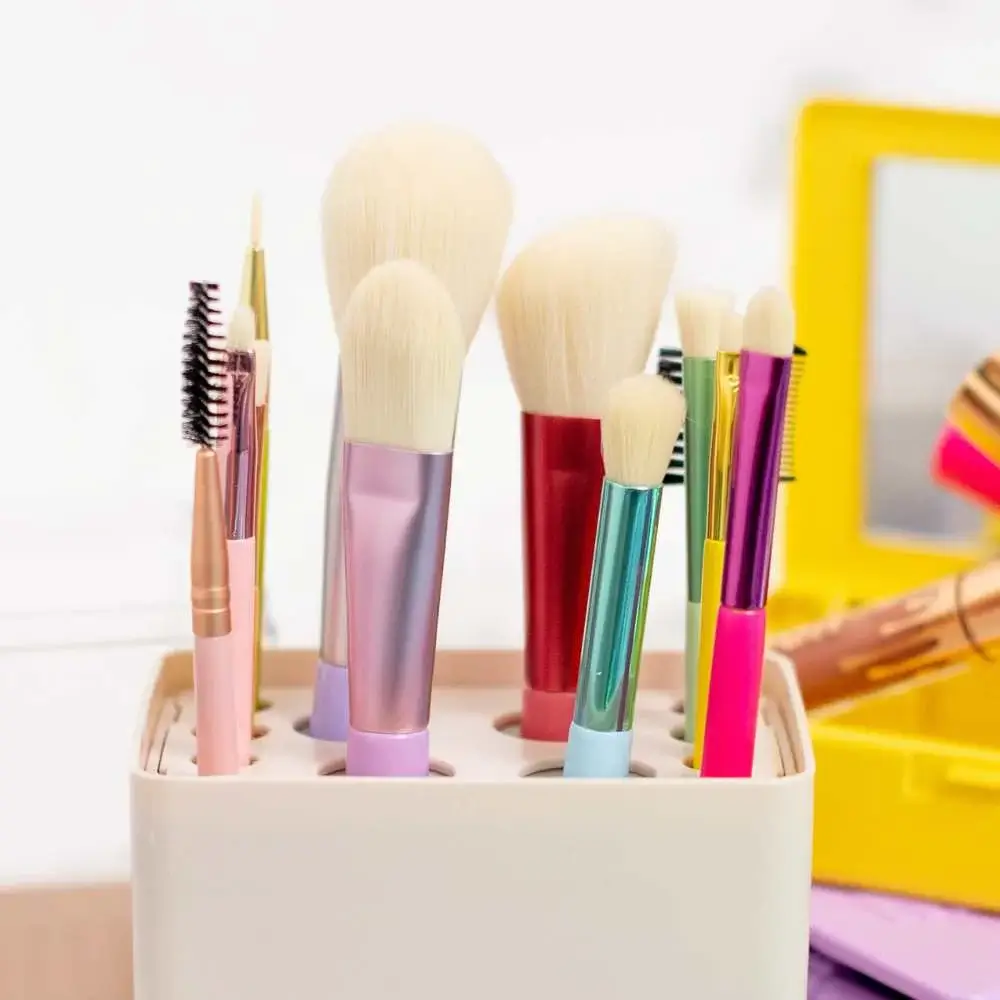
Cleaning Effectiveness and Efficiency
The primary goal of a makeup brush cleaner is to get your brushes squeaky clean without damaging them. Look for a cleaner that effectively removes makeup, oil, and bacteria while being gentle on the bristles. Additionally, consider the cleaning process itself: is it quick and hassle-free, or does it require multiple steps and a lot of effort?
Ingredients and Safety Considerations
Finally, it's essential to consider the ingredients in your makeup brush cleaner. Opt for a formula that is free from harsh chemicals and irritants, especially if you have sensitive skin. Some cleaners also contain conditioning agents that help maintain the softness and integrity of your brushes.
Armed with this information, you're now ready to find the perfect makeup brush cleaner that will keep your brushes (and your skin) in tip-top shape!
How to Clean Your Makeup Brushes Effectively
Now that you know the importance of keeping your brushes clean and what to look for in a makeup brush cleaner, it's time to learn how to use them effectively. In this section, we'll guide you through the process of cleaning your brushes, from gathering the necessary tools to drying and storing them properly.
Gathering the Necessary Tools
Before you start, make sure you have the following items on hand:
- A makeup brush cleaner (liquid cleanser, balm, spray, or electronic device)
- A sink or basin filled with lukewarm water
- A clean towel or paper towels
- Optional: a brush cleaning mat or glove
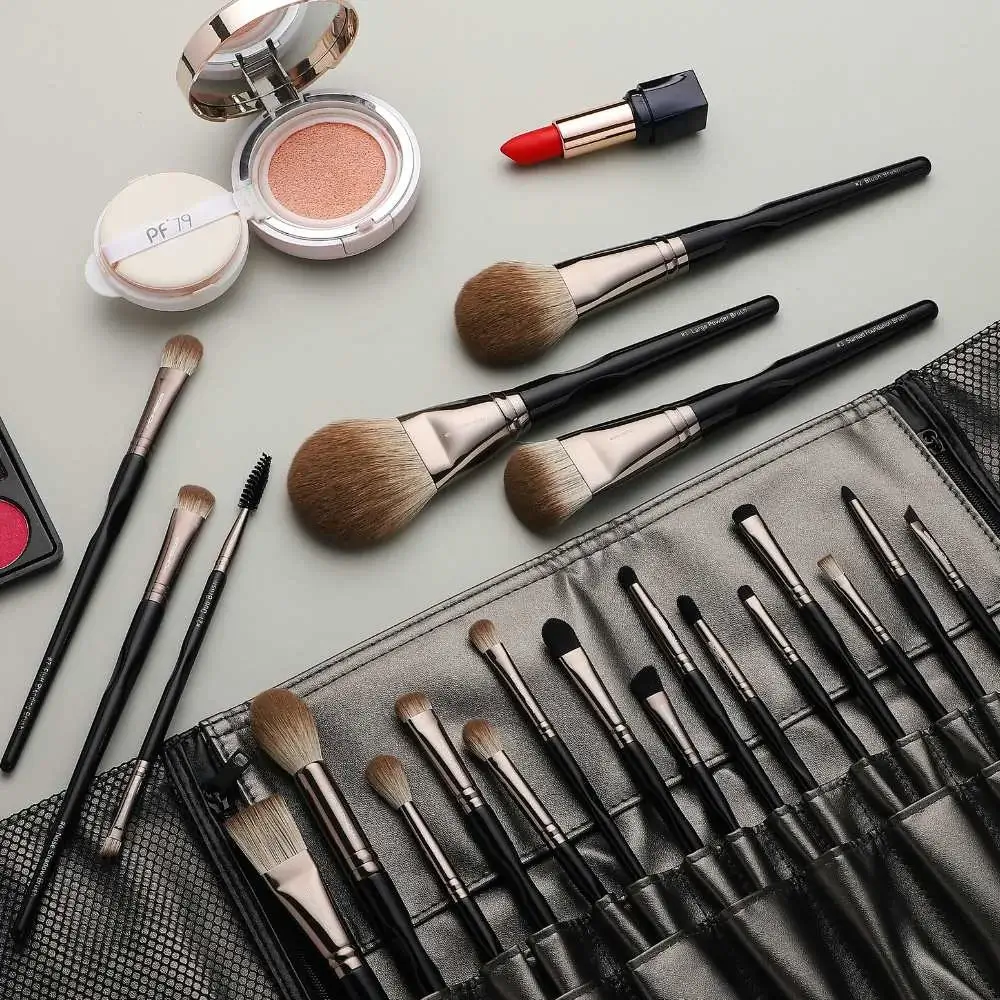
Preparing the Cleaning Solution
Depending on the type of cleaner you're using, you might need to prepare a cleaning solution. For liquid cleansers and balms, mix a small amount with lukewarm water in a bowl or basin. If you're using a spray or an electronic cleaner, follow the manufacturer's instructions for preparation.
Cleaning Techniques and Best Practices
Here are some general tips for cleaning your brushes, regardless of the cleaner type:
- Wet the bristles of your brush under lukewarm water, avoiding the ferrule (the metal part that connects the bristles to the handle).
- Apply the cleaning solution to the bristles, either by dipping the brush into the mixture, massaging a balm into the bristles, or spritzing with a cleaning spray.
- Gently swirl the brush on the palm of your hand or a brush cleaning mat/glove to work the cleaner into the bristles and loosen makeup residue.
- Rinse the brush thoroughly under lukewarm water until the water runs clear. Be cautious not to submerge the ferrule or handle, as this can damage the brush.
- Gently squeeze excess water from the bristles and reshape them if necessary.
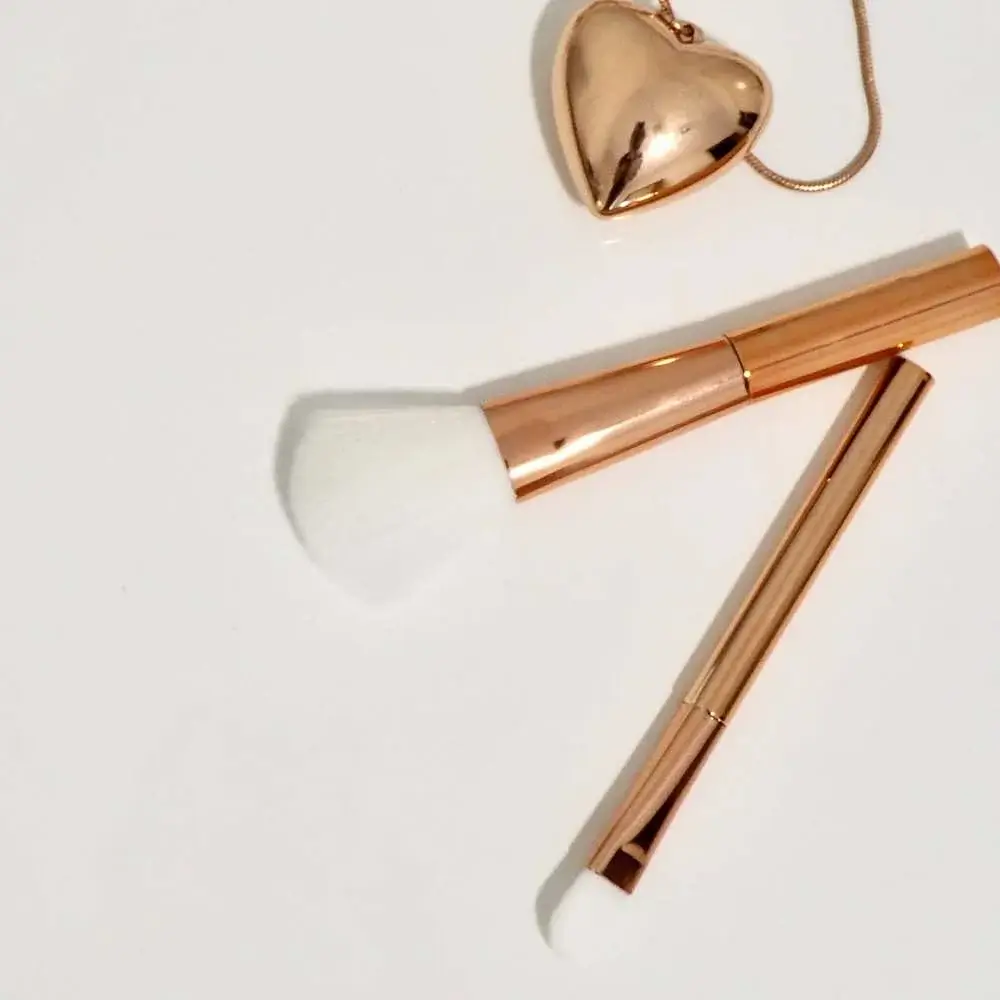
Drying and Storing Your Brushes
Proper drying and storage are essential for maintaining the longevity of your brushes:
- Lay your brushes flat on a clean towel or paper towel, with the bristle ends hanging over the edge to allow for air circulation.
- Avoid standing your brushes upright while they dry, as this can cause water to seep into the ferrule and weaken the glue that holds the bristles in place.
- Allow your brushes to air dry completely before using or storing them. This may take several hours or overnight, depending on the size and density of the brush.
- Store your brushes in a clean, dry place, preferably in a brush holder or container that allows for proper air circulation.
By following these steps and best practices, you'll ensure that your makeup brushes remain clean, functional, and ready to help you create stunning makeup looks!
Our List of the Top Products in This Category
- BEAUTYBLENDER Liquid BLENDERCLEANSER for Cleaning Makeup Sponges, Brushes
- Norate Makeup Brush Cleaner Solution
- EcoTools Professional Makeup Cleaner for Makeup Brushes
- e.l.f. Makeup Brush Shampoo, Washes Away Dirt, Makeup, Oil & Debris & Conditions
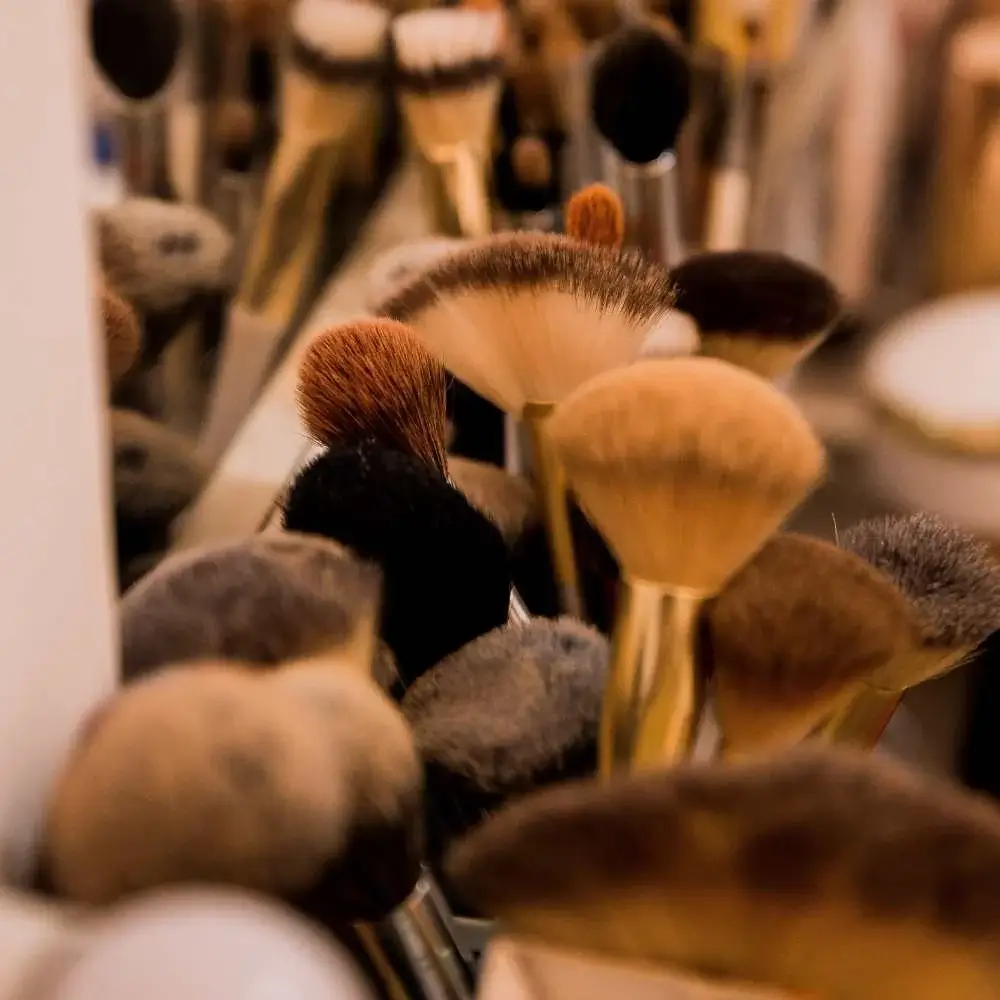
Tips and Tricks for Maintaining Clean Brushes
Keeping your makeup brushes in pristine condition doesn't have to be a daunting task. With a few simple tips and tricks, you can extend their lifespan and ensure they're always ready to help you create fabulous makeup looks. Let's explore some easy ways to maintain clean brushes.
Regular Cleaning Routine
Establishing a regular cleaning routine is crucial for keeping your brushes in top shape. As a general rule of thumb, aim to clean your brushes at least once a week for those used with liquid or cream products, and every two weeks for those used with powder products. However, adjust this schedule based on your usage – if you apply makeup daily, you might want to clean your brushes more frequently.
Spot Cleaning for Quick Fixes
In between deep cleanings, it's a good idea to do some quick spot cleaning, especially for brushes used with highly pigmented or creamy products. To do this, simply spritz the bristles with a brush cleaning spray and gently wipe them on a clean towel or paper towel. This will help remove surface makeup and prevent product build-up without the need for a full wash.
Avoiding Product Build-Up
Taking a proactive approach to avoid product build-up can save you time and effort when it comes to cleaning your brushes. Here are some easy habits to adopt:
- Tap off excess product: Before applying makeup to your face, gently tap your brush against the edge of the makeup container or the back of your hand to remove excess product. This will minimize build-up and make cleaning easier.
- Rotate your brushes: If you have multiple brushes for the same purpose, rotate their usage to avoid overloading any single brush with the product.
- Store brushes upright: Storing your brushes upright in a holder or container can help prevent products from settling deep into the bristles, making them easier to clean.
By following these tips and maintaining a regular cleaning routine, you'll keep your makeup brushes in excellent condition, ensuring flawless makeup application and a healthier complexion. Cheers to gorgeous makeup looks and happy brushes!
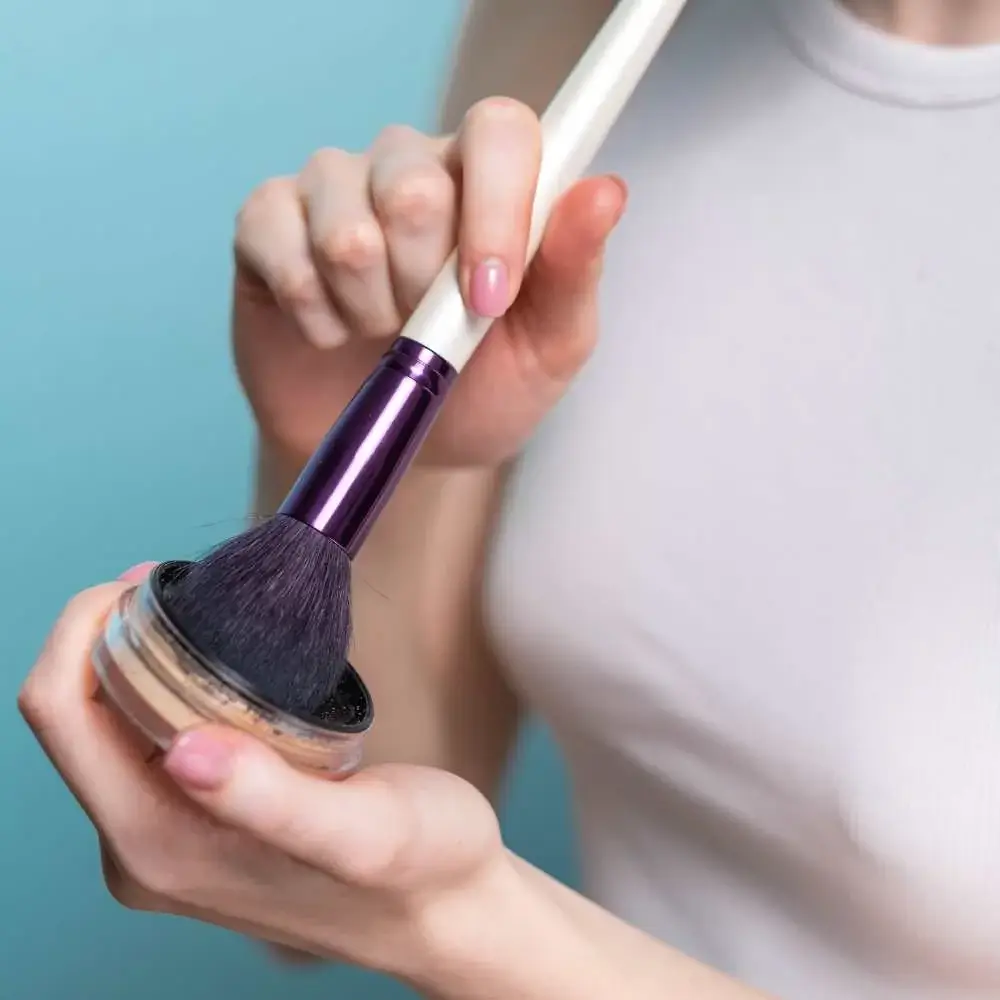
We've covered everything you need to know about makeup brush cleaners, from their importance and benefits to choosing the right one for your needs. By now, you should have a good understanding of the different types of cleaners available, as well as the key factors to consider when making your decision.
Remember to think about brush compatibility, cleaning effectiveness, efficiency, and safety when selecting a makeup brush cleaner. Assess your collection of brushes and makeup products, and consider how much time and effort you're willing to invest in the cleaning process. With this information in hand, you'll be well-equipped to choose the perfect makeup brush cleaner that will make your beauty routine a breeze.
Now that you're armed with all the knowledge you need, it's time to embark on your journey to cleaner, healthier brushes and flawless makeup application. Follow our cleaning tips and tricks, and you'll be well on your way to extending the lifespan of your brushes and maintaining a gorgeous complexion. So, here's to happy brush cleaning and fabulous makeup looks!
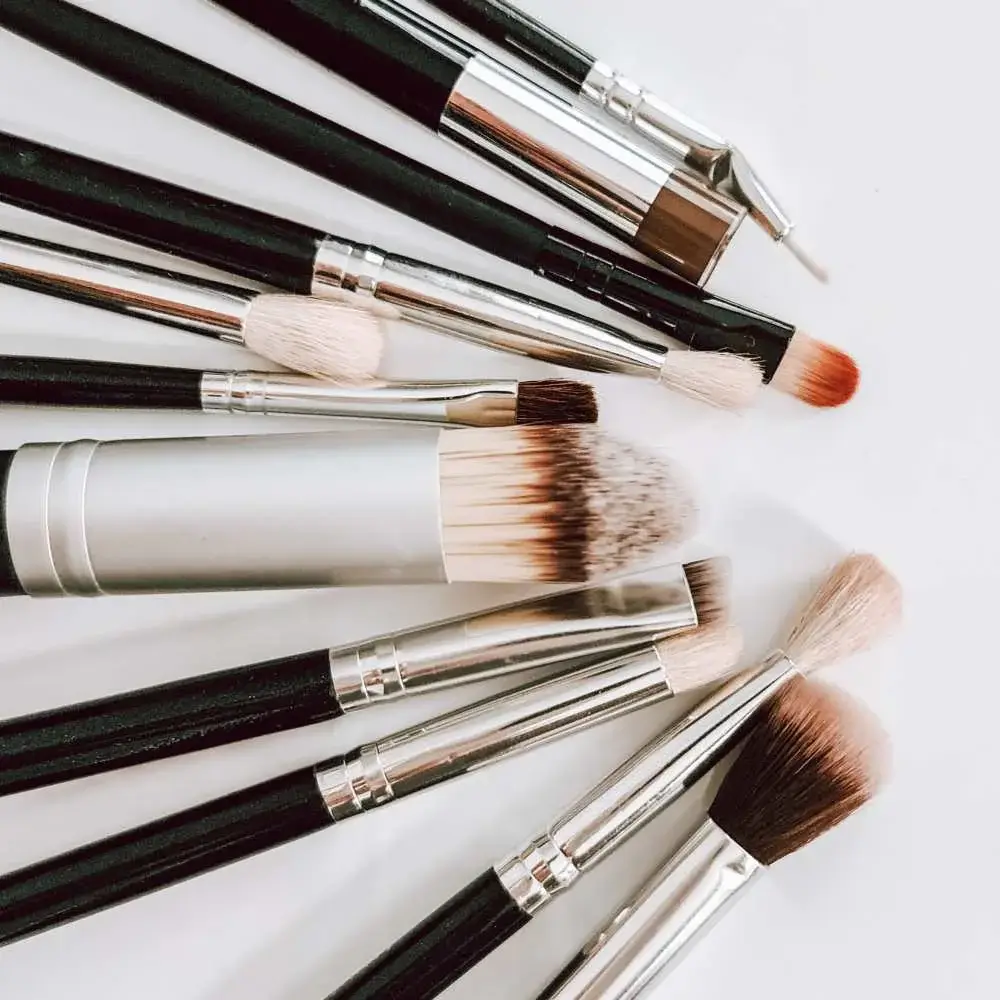
Frequently Asked Questions
How often should I clean my makeup brushes?
Clean brushes used with liquid or cream products at least once a week, and those for powder products every two weeks. Adjust the schedule based on your usage and makeup application frequency.
Can I use soap and water as a brush cleaner?
Yes, you can use gentle soap and lukewarm water to clean your brushes. However, specialized makeup brush cleaners are more effective and often contain ingredients that protect and condition the bristles.
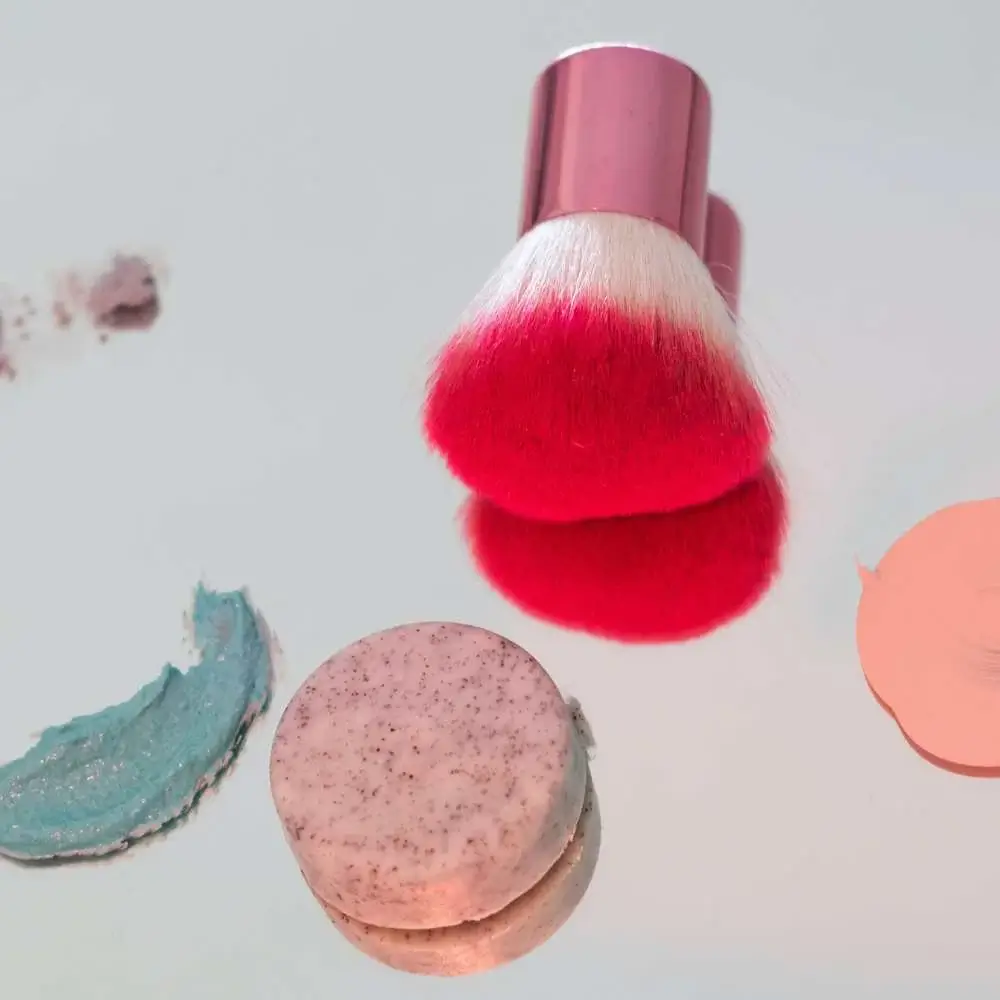
How long does it take for the brushes to dry?
Drying time depends on brush size and density. Generally, it takes several hours or overnight for brushes to air dry completely. Make sure they're fully dry before using or storing them.
Are there any homemade brush-cleaning solutions?
A popular DIY solution is mixing a few drops of mild dish soap or baby shampoo with lukewarm water. You can also add a small amount of olive oil to help condition the bristles.







